NASA’s Cassini reveals more detail in Saturn’s rings
NASA’s Cassini mission officially ended way back in 2017. It was then that the spacecraft plunged into Saturn, destroying itself in a blaze of glory, …
NASA’s Cassini mission officially ended way back in 2017. It was then that the spacecraft plunged into Saturn, destroying itself in a blaze of glory, …
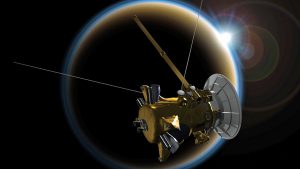
Some people love when it rains, but even the most devoted storm-lovers here on Earth would have a hard time dealing with the conditions on …

When NASA’s Cassini spacecraft made its fateful dive into Saturn’s atmosphere roughly a year ago it was a historic moment for astronomy and a bittersweet …
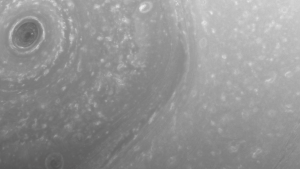
Saturn sure has a thing for peculiar shapes! Astronomers have known for some time that Saturn’s north pole has developed a very odd hexagonal shape. …
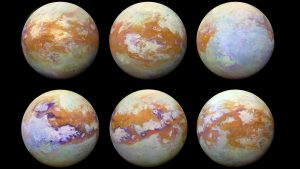
NASA’s Cassini orbiter is dead. It’s been dead since late last year, having completed an extended mission and a series of daring dives through Saturn’s …
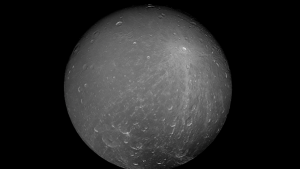
NASA has spent a significant amount of time studying Saturn’s moons Titan and Enceladus, and while those are the two we most often hear about …

NASA’s Cassini spacecraft went on a long and treacherous mission that ended last year in spectacular fashion. The large space explorer dove into Saturn’s atmosphere, …
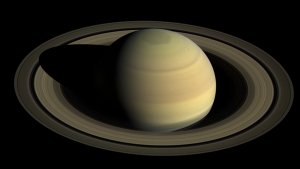
NASA Cassini spacecraft performed its final, fateful dive into Saturn several weeks ago, destroying itself in the planet’s atmosphere and ending an incredible mission that …
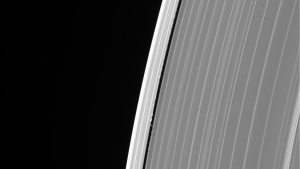
NASA’s Cassini spacecraft completed its incredibly successful extended mission last week, punctuated by a fiery death at the hands of Saturn’s upper atmosphere. But just …

If you woke up this morning feeling a little down for a Friday, that might be because the entire scientific and space watching community is …

The Cassini orbiter has provided us with some spectacular sights of Saturn and its moons over the years, but one of the spacecraft’s most important …

It’s been NASA’s plan for months, but now that it’s here it’s an incredibly bittersweet moment: Cassini, the spacecraft which has sent back some jaw-dropping …

In less than 10 days, NASA’s heroic Cassini orbiter will make its suicidal dive into the surface of Saturn, bringing an end to a truly …

NASA’s Cassini orbiter continues to send back some stunning shots of Saturn even as its days are rapidly coming to an end. The spacecraft’s latest …

NASA’s incredibly successful Cassini probe has delivered a wealth of information about Saturn and its many moons during its 13+ years hanging around the planet, …
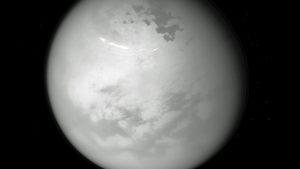
NASA’s Cassini spacecraft has been hanging out around Saturn and its moons for over a decade and a half now, and it’s seen a lot …
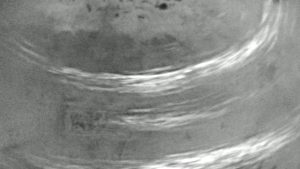
NASA’s Cassini spacecraft is currently conducting a series of elaborate dives in which it repeatedly comes closer to Saturn than ever before. But during its …
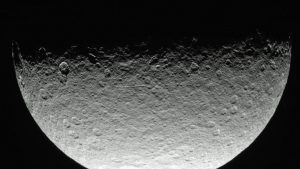
NASA’s Cassini spacecraft continues to delivery some truly jaw-dropping photographs from Saturn, and its most recent “Grand Finale” dive between the planet’s rings has produced …
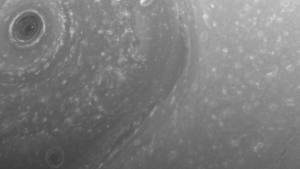
While we all wait with the utmost patience for NASA to show off the images captured by the Cassini spacecraft during its second dive through …

NASA’s Cassini spacecraft has made a big name for itself by being a reliable source of really awesome photographs of parts of Saturn and its …
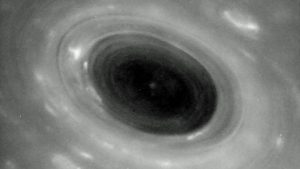
NASA delivered some fantastic news very early this morning, announcing that the Cassini spacecraft had successfully survived the first of its “Grand Finale” dives. The …

NASA’s Cassini spacecraft has been delivering fantastic views of Saturn and its moons for many years now, and this year it will meet its ultimate …
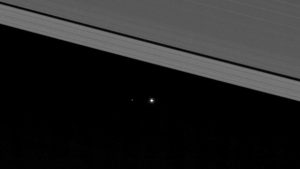
NASA and its spectacular space hardware often spend so much time checking out our planetary neighbors that we forget Earth offers some pretty cool photo …
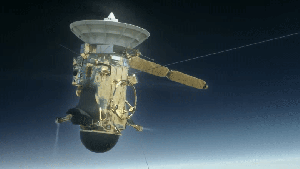
NASA’s Cassini spacecraft has been hanging out in space for two decades, with well over a decade of that time spent exploring the space around …